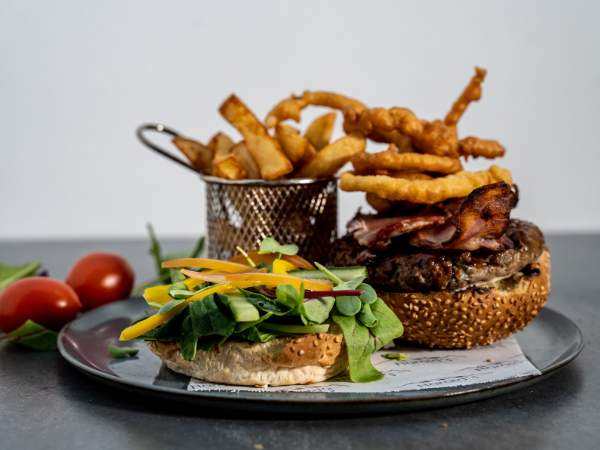News
3 leading sommeliers reveal what the year holds for SA’s wine scene in 2024
Wednesday, January 31st, 2024In the ever-evolving world of wine, South Africa stands at the forefront of innovation and tradition, blending old-world techniques with new-world enthusiasm. Experts Joseph Dhafana, a sommelier, wine judge, and the visionary behind Mosi Wines and Spirits, who graced the judging panel for the 2023 Eat Out Woolworths Restaurant Awards; Laurie Cooper, an award-winning winemaker, sommelier, and the head lecturer and owner of the KZN School of Wine; and Bafana Zondo, the head sommelier at Dusk Restaurant, distinguished as the Eat Out Woolworths Wine Service Award winner for 2023, share their insights, providing a glimpse into the trends that will shape the South African wine scene in 2024. From Mediterranean grape varieties to ancient winemaking techniques like clay barrels, the landscape is evolving.
Emerging varietals
In the ever-evolving world of wine, South African winemakers, propelled by the effects of global warming, are venturing into unexplored territories. Joseph nudges winemakers to explore Mediterranean varieties like Agiorgitiko, Xinomavro, Aglianico, and Assyrtiko. With roots tracing back over 3 000 years in challenging conditions, these grapes hold promise for South African vineyards. The experimentation with Counnoise by Eben Sadie, an award-winning South African winemaker from the Swartland, already demonstrates the potential of these varieties. Joseph says, “It’s all about treating the vines right and employing innovative winemaking techniques.”
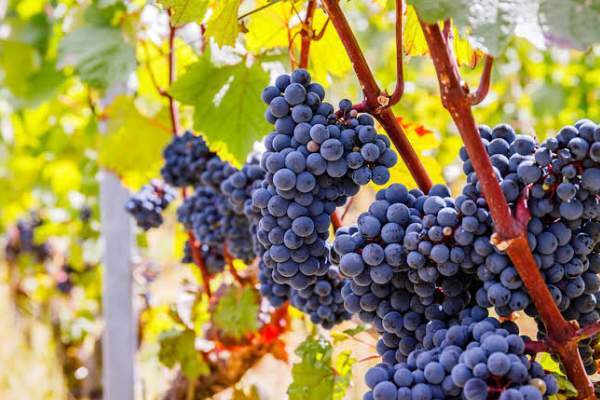 Laurie echoes this sentiment, highlighting the rise of lighter-bodied reds like Cinsault, Pinot Noir, Gamay, and Grenache. “Consumers are being exposed to the more delicate styles of red that are highlighting fruit purity and fresh red fruits over the richness of oak or powerful dark fruit flavours. These wines are also lower in tannin and can be served slightly chilled (13 degrees), a welcome attribute in our warm climate,” she says. Laurie also envisions a future where lesser-known whites like Assyrtiko (Jordan wines) and Albarino (Newton Johnson, Springfield) become the norm, offering consumers a passport to uncharted wine territories.
Laurie echoes this sentiment, highlighting the rise of lighter-bodied reds like Cinsault, Pinot Noir, Gamay, and Grenache. “Consumers are being exposed to the more delicate styles of red that are highlighting fruit purity and fresh red fruits over the richness of oak or powerful dark fruit flavours. These wines are also lower in tannin and can be served slightly chilled (13 degrees), a welcome attribute in our warm climate,” she says. Laurie also envisions a future where lesser-known whites like Assyrtiko (Jordan wines) and Albarino (Newton Johnson, Springfield) become the norm, offering consumers a passport to uncharted wine territories.
In Bafana’s perspective, the influence of Chenin Blanc and modern Pinotage techniques on consumer preferences is evident. He sees a refreshing shift in both varietals with unique and bold characteristics appealing to a wide audience.
Winemaking techniques
Laurie anticipates a return to minimalism in winemaking. “Concrete, eggs and amphora. Winemakers are looking to celebrate the grape and create an authentic sense of place by minimising winemaker manipulation of the wine and maximising texture with more careful treatment of oak and the use of these vessels,” says Laurie. She sees this trend shaping a diverse and authentic wine experience, offering consumers a broader understanding of different winemaking styles.
Joseph concurs, foreseeing a significant impact from both traditional and modern winemaking techniques in 2024. From the revival of white Pinotage to the use of skin contact, Joseph points to a spectrum of methods.
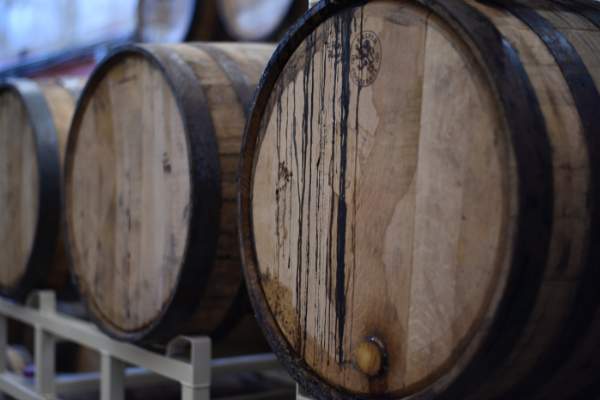 The resurgence of ancient techniques like clay barrels and the contemporary use of concrete eggs intrigues Bafana. According to him, these methods bring about a delicate palate and purity of fruit, emphasising a return to a more authentic winemaking process.
The resurgence of ancient techniques like clay barrels and the contemporary use of concrete eggs intrigues Bafana. According to him, these methods bring about a delicate palate and purity of fruit, emphasising a return to a more authentic winemaking process.
The rise of natural wines
In the diverse landscape of winemaking, the definition of ‘natural wine’ remains elusive, as Laurie points out, “While there is no universal law that defines ‘natural wine’, it is generally viewed as wines that are produced from organically or biodynamically grown grapes and made with minimal intervention without the use of additives such as yeast, enzymes, acid or tannin. The wines are typically unfined and unfiltered.”
Bafana paints a vivid picture of natural wines as a truly naked or pure expression of the grape, free from chemical intervention. His anticipation of a growing demand for such wines is firmly grounded in the rise of consumer health consciousness and a genuine desire for authenticity. Bafana envisions an upward trajectory for natural wines, surpassing market expectations.
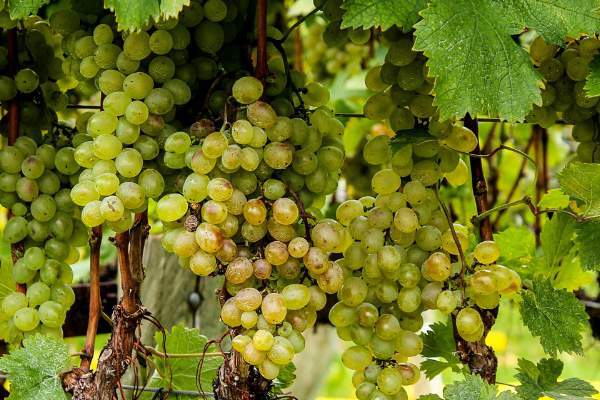
Technology’s role
Bafana points out that technological advancements are reshaping the wine industry, creating a more transparent and accessible landscape. Social media, in particular, democratises access to wine knowledge, while on-field applications like guidance systems and drones enhance efficiency.
Laurie sees technological advancements improving vineyard management, allowing for better assessment of vine health and grape ripening. On the distribution and consumption side, she observes increased accessibility to different wines through digital platforms, reviews, and online resources.
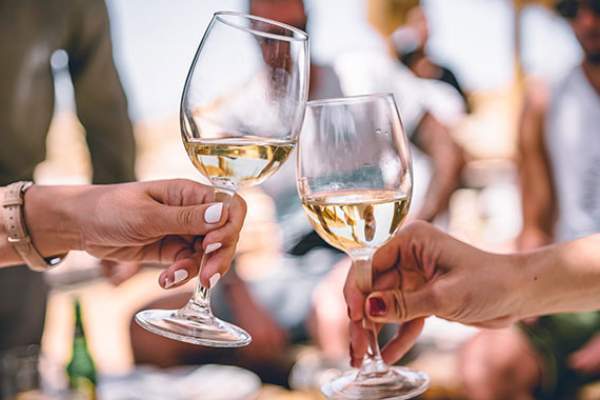
Joseph echoes the sentiment, recognising technology’s positive influence on various aspects of the wine industry. From hydraulic machines in production to battery-powered wine openers in homes, technology is streamlining processes and enhancing overall efficiency.
Sustainability and organic practices
Joseph raises his glass to the future. “Farming sustainably is the key and gives longevity to the soil and health to the vines. The use of synthetic fertilisers and other chemicals, which are not recommended or organic certified, tears down the soil and the whole ecosystem in general. Farming sustainably is the future.”
In unison with Joseph’s sentiments, Bafana and Laurie also commend the industry’s shift towards sustainability and organic practices. Laurie emphasises the profound impact these practices will have on future generations, saying, “The results may not be seen or tasted immediately, but the impact this will have on generations to come will be profound. It is important that we preserve and nurture the soils and vines to ensure healthy farms for the future.”
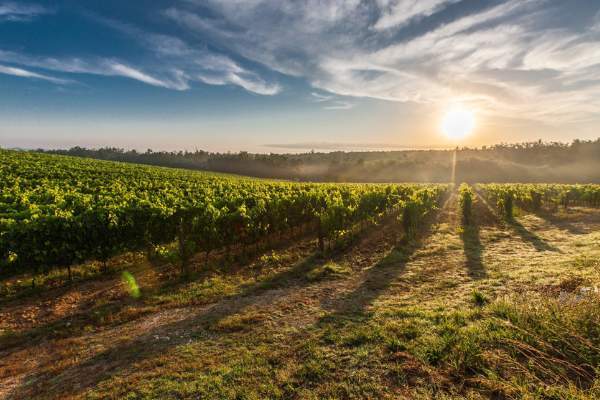
Subscribe to our weekly newsletter to get more stories like this straight to your inbox!









